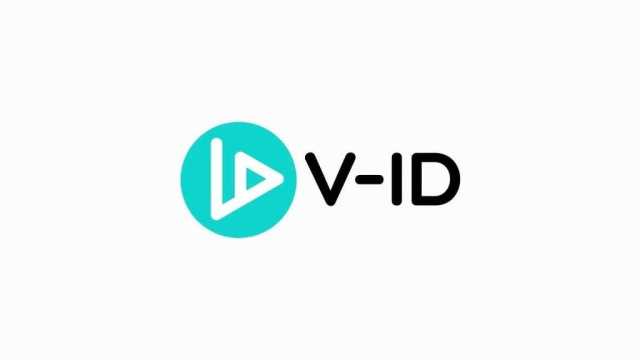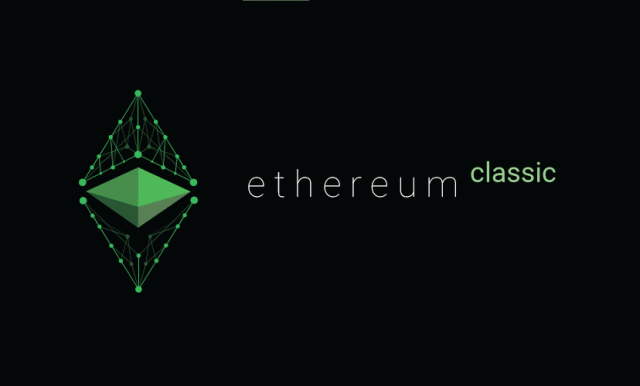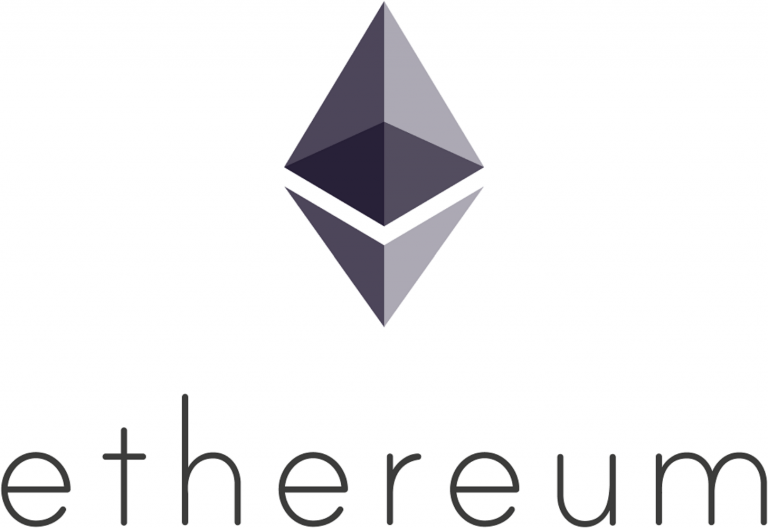
Those who know Buterin well have noticed a philosophical shift over the years. One of Buterin’s recent posts calls for the creation of a new type of NFT, based not on monetary value but on participation and identity. For instance, the allocation of votes in an organization might be determined by the commitment an individual has shown to the group, as opposed to the number of tokens they own. “NFTs can represent much more of who you are and not just what you can afford,” he writes.
Monzo & Google Cloud: Data Analytics Revolutionising Banking
Vitalik Buterin, credited with conceiving Ethereum, published a white paper introducing it in 2014. The Ethereum platform was launched in 2015 by Buterin and Joe Lubin, founder of the blockchain software company ConsenSys. Vitalik Buterin, who spearheaded the launch of the Ethereum blockchain in 2015, has become the world’s youngest crypto billionaire at age ethereum inventor 27. Ethereum’s cryptocurrency, ether, surged past $3,000 for the first time early Monday morning, marking a 325% rise since the beginning of this year. The story of Ethereum is one of prolonged success (although not entirely free of setbacks as well), as the platform is now responsible for settling trillions of dollars worth of transactions each year.
Launch and the DAO event (2014–

Ethereum is the community-run technology powering the cryptocurrency ether (ETH) and thousands of decentralized applications. Axie Infinity is another game that uses blockchain technology and has its own cryptocurrency called Smooth Love Potion (SLP). Ethereum’s transition to the proof-of-stake protocol, which enabled users to validate transactions and mint new ETH based on their ether holdings, was part of a significant upgrade to the Ethereum platform.

Founding Ethereum: Vitalik Buterin, the crypto pioneer
Dishonest validators are punished by having their staked ETH burned and removed from the network. “Burning” is the term for sending crypto to a wallet without private keys, effectively taking it out of circulation. Initially, Ethereum used a competitive proof-of-work validation process similar to that of Bitcoin. After several years of development, Ethereum finally switched to proof-of-stake in 2022, which uses much less processing power and energy.
Non-Fungible Tokens
While Buterin spent much of the pandemic living in Singapore, he increasingly lives as a digital nomad, writing dispatches from the road. Buterin says the other founders tried to take advantage of his naiveté to push through their own ideas about how Ethereum should run. “People used my fear of regulators against me,” he recalls, “saying that we should have a for-profit entity because it’s so much simpler legally than making a nonprofit.” As tensions rose, the group implored Buterin to make a decision.
Ethereum is described by founders and developers as “the world’s programmable blockchain,” positioning itself as a distributed virtual computer on which applications can be developed. The Bitcoin blockchain, by contrast, was created only to support the bitcoin cryptocurrency as a payment method. Buterin has also spoken out against what he sees as a potential “dystopian” future for the cryptocurrency industry in which ultra-wealthy whales fail to capitalize on the power of crypto to fight against authoritarian governments. He has pushed for Ethereum to play a role in making voting systems more fair, in helping to provide universal basic income, in supporting urban planning initiatives and public-works projects, and more.

Information is stored in blocks, each containing encoded data from the block before it and the new information. Throughout the blockchain network, an identical copy of the blockchain is distributed. Anyone can use Ethereum—it’s designed to be scalable, programmable, secure, and decentralized—to create any secured digital technology.
- Vitalik Buterin, who spearheaded the launch of the Ethereum blockchain in 2015, has become the world’s youngest crypto billionaire at age 27.
- After seeing the collapse of financial systems in both Russia and the U.S., Dmitry was intrigued by the idea of an alternative global money source that was uncontrolled by authorities.
- After several years of development, Ethereum finally switched to proof-of-stake in 2022, which uses much less processing power and energy.
- His blog is a model for how a leader can work through complex ideas with transparency and rigor, exposing the messy process of intellectual growth for all to see, and perhaps learn from.
- While merely moving one’s cryptocurrency might not typically constitute breaking news, Buterin’s move is notable as it is among the first times the inventor of Ethereum moved the vast majority of his own stake.
Ethereum Inventor Vitalik Buterin Has Advice for Bitcoiners
- It is most commonly known by investors for its native cryptocurrency, ether (ETH), and by developers for its use in blockchain and decentralized finance application development.
- The prospect of governments using the technology to crack down on dissent is one reason Buterin is adamant about crypto remaining decentralized.
- Three days after the music stops at ETHDenver, Buterin’s attention turns across the world, back to the region where he was born.
- And he fundamentally rejects the idea that anyone should hold unilateral power over its future.
- Get your stack ready for building by configuring a development environment.
- An initial coin offering followed, raising about $18 million worth of BTC and allowing Buterin and his development team to launch the Ethereum Foundation to oversee Ethereum’s continued growth.
Indeed, the number of Ethereum transactions eclipsed the number of Bitcoin transactions in 2021. It has also been instrumental as the foundational network supporting movements like non-fungible tokens, a host of altcoins, and much more. As a student at the University of Waterloo, Buterin assisted Goldberg until his work in cryptocurrency https://www.tokenexus.com/ began to take up a substantial portion of his time. At this stage, he left university to travel the world for several months to connect with Bitcoin developers. This experience was crucial to Buterin’s development of the Ethereum model, as he felt that the developers he met were all too concerned with specific uses for cryptocurrency.
